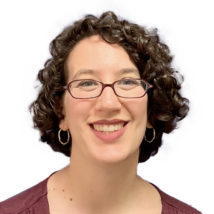
Lisa Grossman
Astronomy Writer, Science News
Lisa Grossman is the astronomy writer for Science News. Previously she was a news editor at New Scientist, where she ran the physical sciences section of the magazine for three years. Before that, she spent three years at New Scientist as a reporter, covering space, physics and astronomy. She has a degree in astronomy from Cornell University and a graduate certificate in science writing from the University of California, Santa Cruz. Lisa was a finalist for the AGU David Perlman Award for Excellence in Science Journalism, and received the Institute of Physics/Science and Technology Facilities Council physics writing award and the AAS Solar Physics Division Popular Writing Award. She interned at Science News in 2009-2010.

All Stories by Lisa Grossman
-
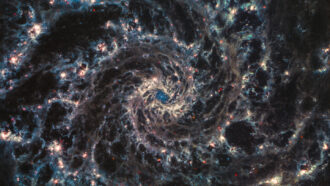 Space
SpaceJames Webb telescope catches newborn stars sculpting spiral galaxies
Dark voids riddle the galaxies, revealing new details about how stars alter their environments.
-
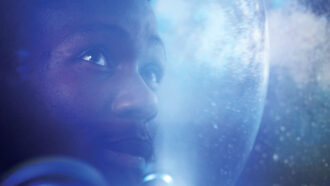 Space
SpaceThe next astronauts to walk the moon will be more diverse than the last
Space agencies are preparing to send the next generation of astronauts to the moon and beyond. Here’s how future crews will differ from the last.
-
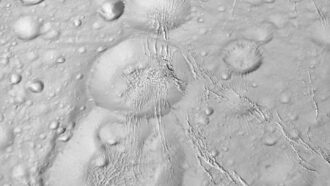 Planets
PlanetsSaturn’s moon Enceladus wears a thick blanket of snow
Pits on the frosty moon reveal the snow’s surprising depth, up to 700 meters (2,300 feet) in some places.
-
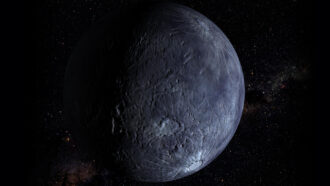 Planets
PlanetsThe dwarf planet Quaoar hosts an impossible ring
Quaoar’s ring lies outside the Roche limit. That’s an imaginary line beyond which rings aren’t thought to be stable.
-
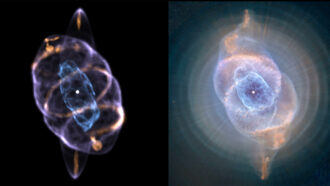 Space
SpaceJets may have sculpted rings of Cat’s Eye nebula
The Cat’s Eye nebula is one of the most complex of its kind. A 3-D model now reveals the source of that complexity.
-
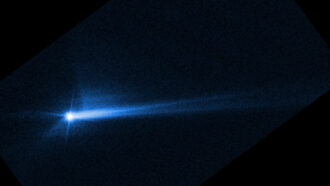 Space
SpaceNASA’s DART spacecraft successfully bumped an asteroid onto a new path
The spacecraft’s intentional crash into an asteroid changed the space rock’s orbit by more than 30 minutes — far more than expected.
-
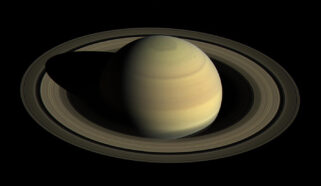 Space
SpaceA missing moon could have given Saturn its rings — and tilt
The hypothetical moon is being called Chrysalis. It could have helped tip the planet over before getting shredded to form Saturn’s rings.
-
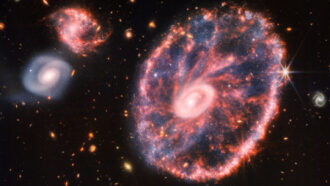 Space
SpaceAwesome! Here are the James Webb Space Telescope’s first pictures
The first image shows ancient galaxies. Some reveal light that has been traveling 13 billion years to reach us.
-
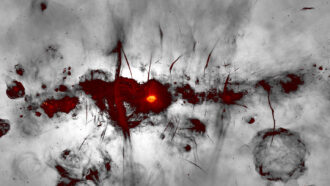 Space
SpaceWild art? No, it’s a radio image of the heart of our Milky Way
Eyelash-like radio filaments accent the brightest feature in this image — a supermassive black hole.
-
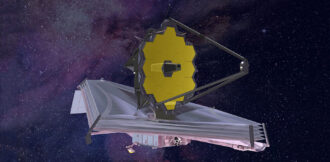 Space
SpaceThe long-awaited James Webb Space Telescope has a big to-do list
The James Webb Space Telescope has been in the works for so long that new fields of science have emerged for it to study.
-
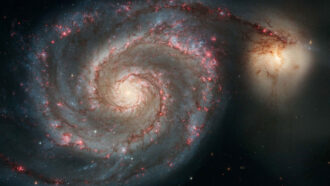 Space
SpaceAstronomers may have found first known planet in another galaxy
The spiral-shaped Whirlpool galaxy may be home to the first planet spotted outside our own Milky Way galaxy.
-
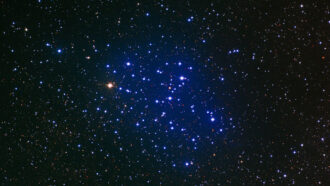 Space
SpaceExplainer: Calculating a star’s age
Scientists can figure out a star's mass or composition pretty easily. Determining how old that star is, however, is a lot harder.